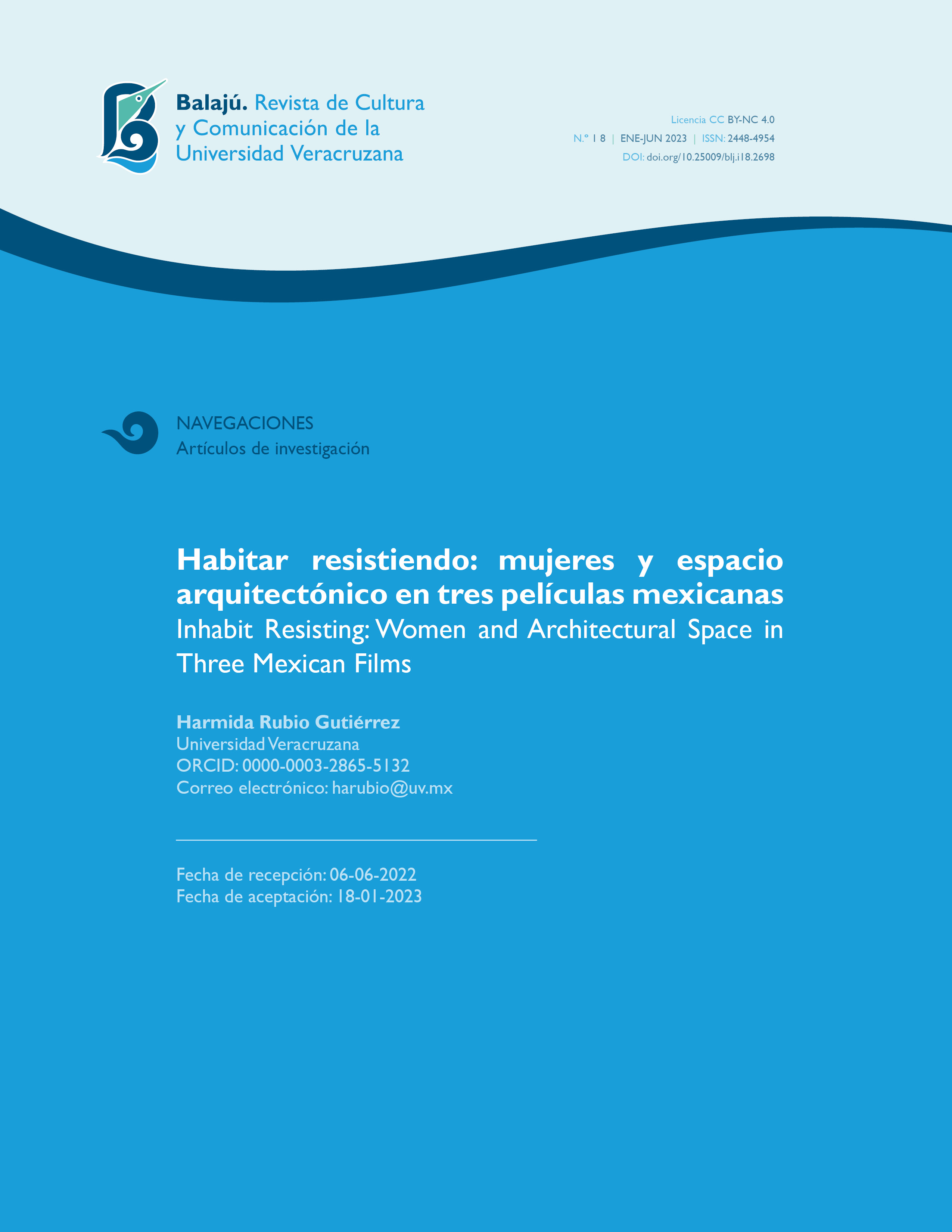Abstract
Abstract
This article enters the universes of cinema and architecture in order to observe architectural space and landscape from the perspective of women. Its analysis interweaves theoretical reflections about narrative as an approach to reading space and feminism as a political position that allows us to understand experiences differentiated according to gender. Using a theoretical framework grounded in intersectional feminism, it looks at women’s experience of environments as depicted in three Mexican films from the late twentieth and early twenty-first centuries: Como agua para chocolate, Los adioses and Roma. Made in a time of transition involving broad urban, technological, and social changes, the films reveal processes of change in women’s experiences in cities and territories.
Keywords: cinema and architecture, intersectional feminism, women, Mexican cinema, landscape

This work is licensed under a Creative Commons Attribution-NonCommercial 4.0 International License.


